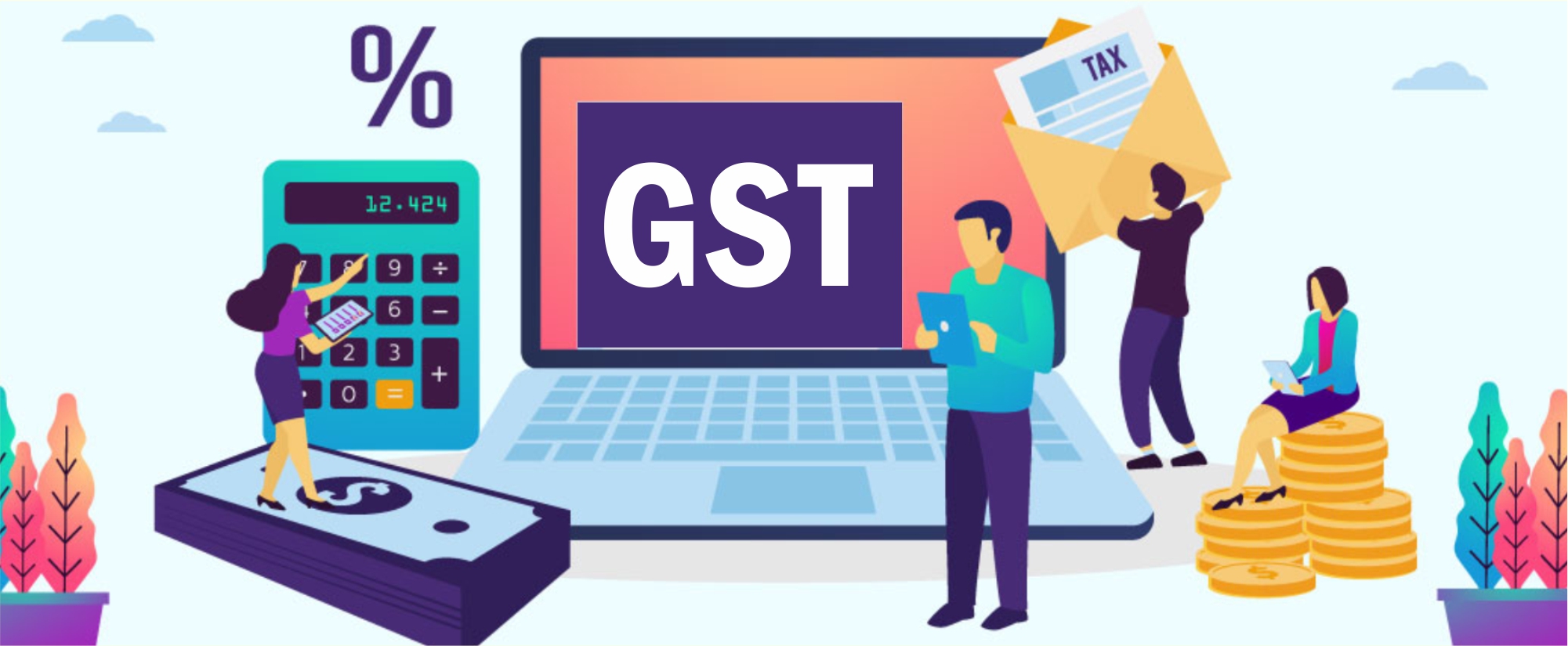The Composition Scheme is a convenient and straightforward method for tax-paying citizens under GST. At a specified return rate, small taxpayers will get rid of boring GST rules and regulations and pay GST. Each taxpayer whose revenue would be less than Rs. 1.5 crore * can select this program. The rise to the given threshold of Rs 1.0 Crore to Rs. CBIC announced 1.5 Crores.
1. Who could select the Composition Scheme for GST
- The Composition Scheme can be selected by a taxpayer whose turnover is under Rs 1.5 crore *. The cap is now Rs 75 * lakh in the situation of the north-eastern states and Himachal Pradesh.
- A composition retailer may also assist to a degree of 10 percent of turnover, or Rs.5 lakhs, whichever is greater, as per the CGST (Amendment ) Act, 2018. This modification will apply from 1 February 2019 onwards. In its 32nd meeting, the GST Council introduced an expansion to this cap for providers on 10 January 2019 *.

2. Individuals, those who are not allowed to use the Composition Scheme
The given individuals are unable to apply for the scheme-
- Ice cream, pan masala, or tobacco producer
- An individual making supplies from the inter-state
- Casual taxable individuals or non-resident taxable individuals
- Businesses that deliver goods via an e-commerce provider
3. What are all the parameters for the use of the Composition Scheme?
In addition to opt for the composition system, the approaches should be adopted:
- A distributor opting for the composition scheme will demand no input tax credit.
- The distributor is unable to supply items such as drinks that are not taxable under GST.
- For sales under the Reverse Charge Mechanism, the applicant must pay tax at regular rates.
- If a taxable individual has separate business divisions (such as textiles, computer accessories, grocery stores, etc.) under the same PAN, he or she must jointly declare all such enterprises under the framework or opt out of the scheme.
- For each note or signboard posted clearly at their place of operation, the taxpayer needs to note the words’ composition taxable individual.
- Composition scheme under GST Registration is availed after GST Registration online.
4. How does a taxpayer decide for a system of composition?
A taxpayer must register the GST CMP-02 with the law to register for the composition system. By signing into the GST Portal, this can be achieved online.
At the starting of each Financial Year, this intimation must be provided by a dealer wishing to choose for the Composition Scheme.
5. How can a bill be raised by a Composition Dealer?
A composition distributor cannot submit an invoice for taxes. That is because their clients are reluctant to charge tax on a composition distributor. From their own pocket, they have to pay income tax.
The dealer would then submit a Bill of Supply.
The distributor may also apply to the top of the Bill of Supply as a ‘composition taxable individual not entitled to raise supply tax.
6. How does a composition dealer make a GST payment?
For the materials generated, the GST payment must be made out of pocket.
The GST charge to be produced by the dealer of the composition consists of the following:
- GST on imported supplies.
- The Reverse Charge Levy
- Charge on an unregistered dealer’s purchase *
* Only with effect from 1 Feb 2019 for the specified categories of goods and services and for the notified class of enrolled persons, but still to be informed. Not available before then, thus.
7. What are all the rates of return that a composition dealer can file?
In the quarterly statement CMP-08, a dealer is expected to pay tax by the 18th of the month after the close of the year. A return in the form of GSTR-4 must also be submitted annually from FY 2019-20 onwards by 30 April of the next financial year. An regular return to be filed by 31 December of the next financial year is GSTR-9A. For FY 2017-18 and FY 2019-20, it was waived off.
Again, remember that it is not mandatory for a dealer authorized under the composition scheme to keep detailed records.
8. What are the Composition Scheme ‘s benefits?
The benefits of registration under composition system are the following:
- Few compliance (returns, record keeping books, invoice issuance)
- Tax liabilities limited
- Strong liquidity is at a reduced cost when taxes are less.
9. What are all the Composition Scheme ‘s drawbacks?
Now, let us see the pitfalls of registration under the GST composition scheme:
- Small enterprise area. The dealer is forbidden from conducting inter-state deals
- No Production Tax Credit for Composition Dealers
- The taxpayer would not be entitled to supply, through an e-commerce platform, non-taxable products under GST, such as beverages and products.





